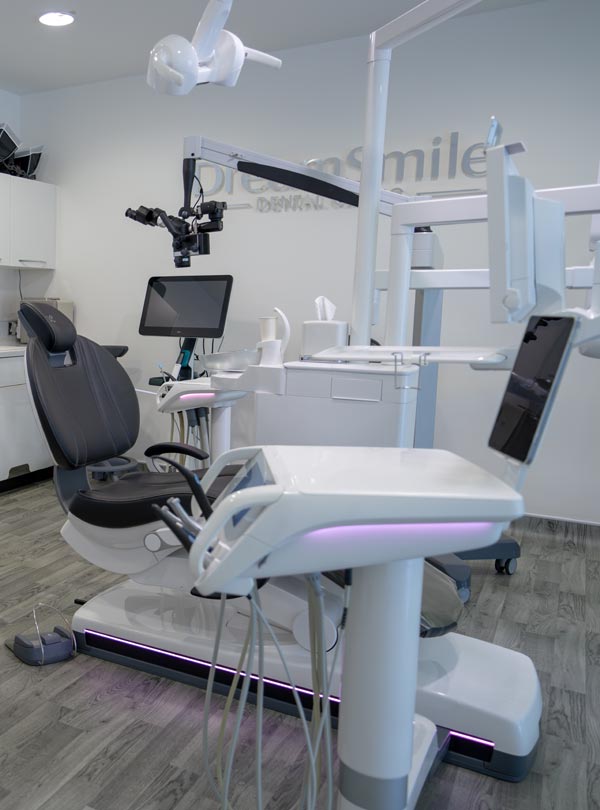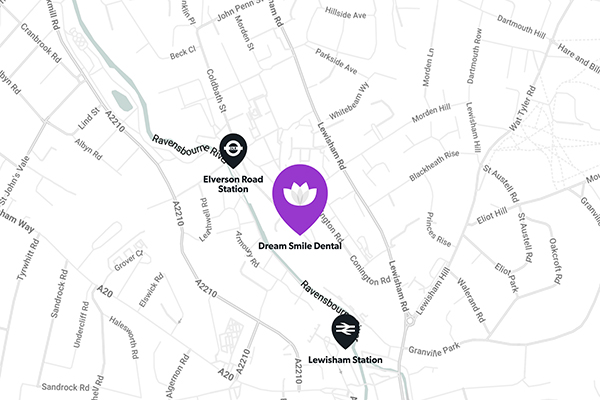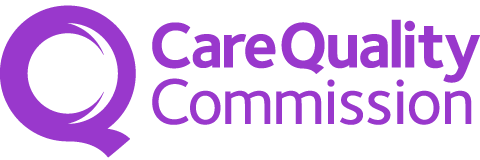Genetics
One of the primary causes of misaligned teeth is genetics. If one or both parents had crowding, overbites, or underbites, their children are more likely to inherit similar traits. Jaw size and tooth size are often inherited, and overcrowding occurs when the jaw is too small for the teeth. On the other hand, if the jaw is too large, gaps between teeth may form. Genetic malocclusion can manifest as crooked, rotated, or spaced-out teeth and orthodontic treatment such as braces or Invisalign is commonly used to correct these issues.
Thumb Sucking or Prolonged Use of Pacifiers
Prolonged thumb-sucking or pacifier use beyond the age of 3 can cause dental misalignment. These habits pressure the upper jaw, pushing the front teeth forward and leading to open bites or overbites. While children usually outgrow these habits, but when they persist, they can alter the jaw and teeth development, requiring orthodontic intervention. Early dental evaluation and interceptive orthodontics can help address these habits before they cause long-term issues.
Early Loss of Baby Teeth
The premature loss of baby teeth due to decay, trauma, or other issues can lead to misalignment of adult teeth. Baby teeth serve as placeholders for permanent teeth, guiding them into proper alignment as they emerge. When baby teeth are lost too early, neighbouring teeth may shift into the empty space, causing crowding or misalignment when the permanent teeth eventually come in. In such cases, orthodontic solutions like space maintainers or braces can help correct the issue.
Mouth Breathing
Chronic mouth breathing, often caused by allergies or nasal obstructions, can lead to abnormal jaw and tooth growth. When a child breathes through their mouth instead of their nose, the tongue tends to rest in a lower position, which can affect the development of the upper and lower jaw. This can lead to narrow jaws, open bites, and overbites. Orthodontic treatment and addressing the underlying breathing issues can help realign the teeth and jaws.












